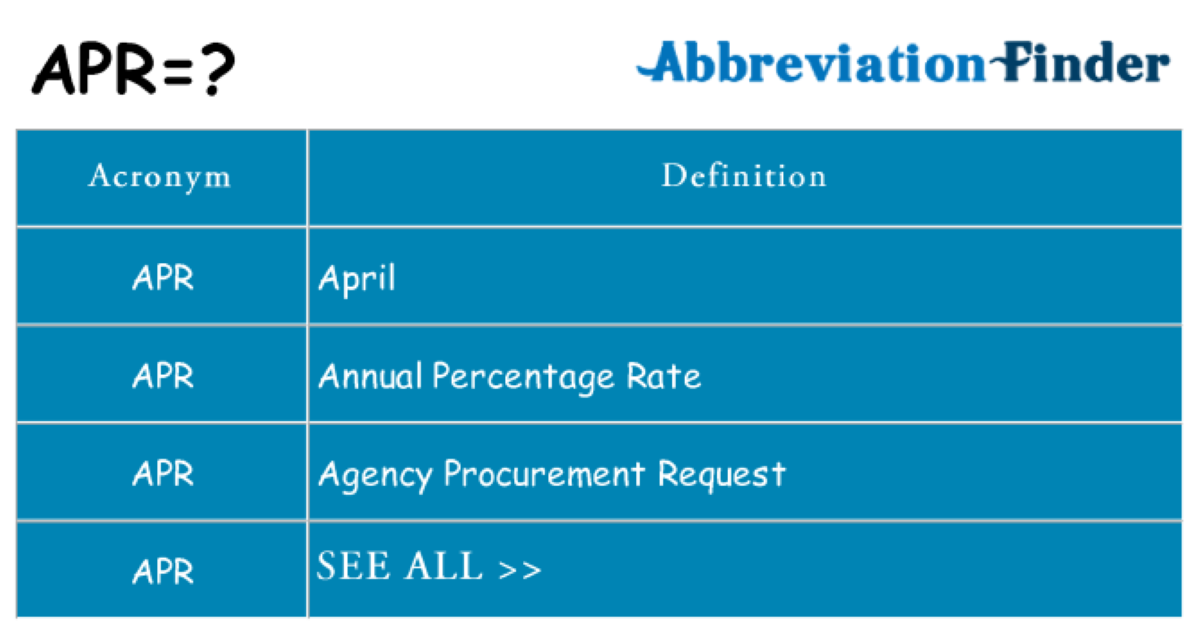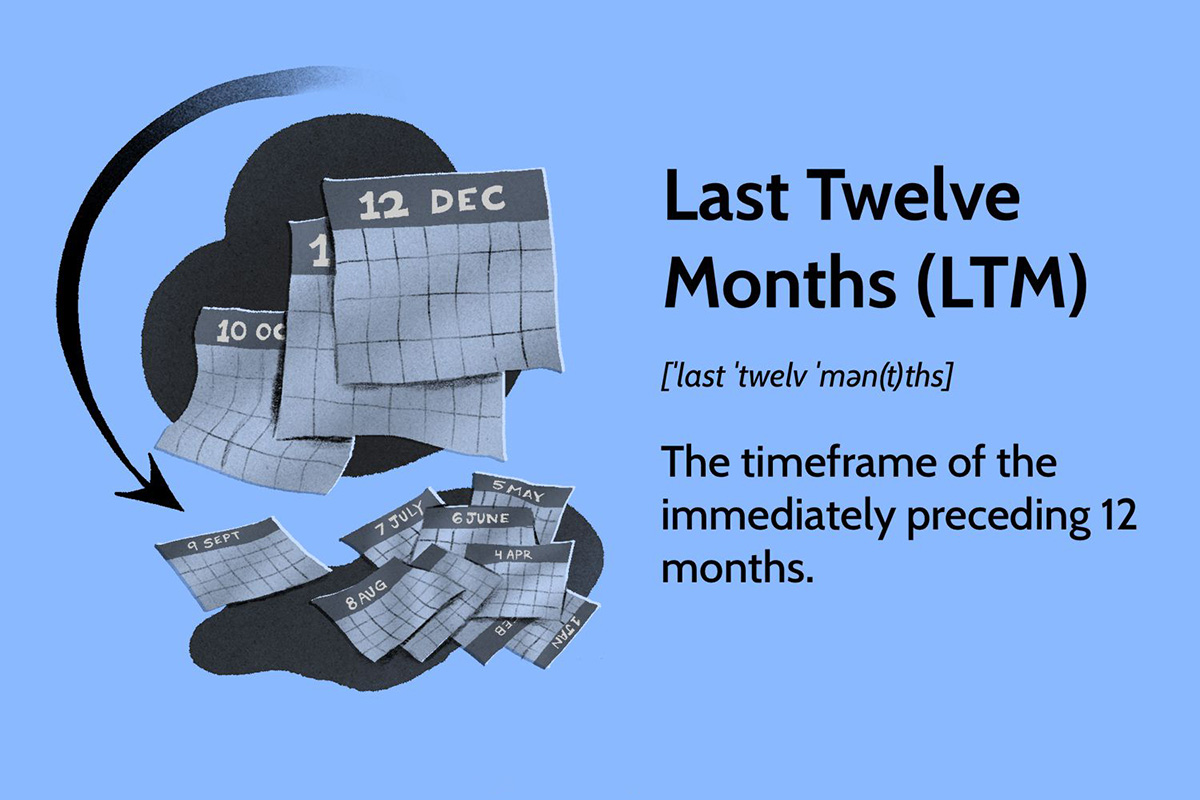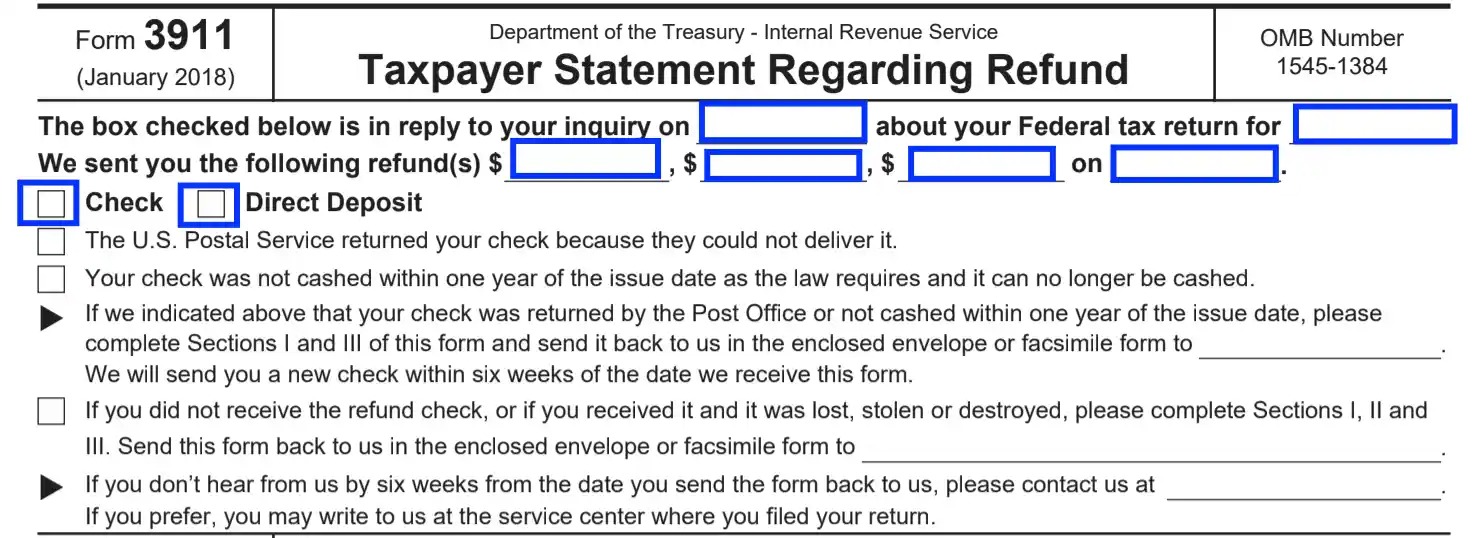Home>Finance>When It Comes To Personal Savings, What Does The Acronym PYF Stand For?


Finance
When It Comes To Personal Savings, What Does The Acronym PYF Stand For?
Published: January 16, 2024
Learn the meaning of the acronym PYF in finance and its impact on personal savings. Discover how to implement this strategy to optimize your financial health.
(Many of the links in this article redirect to a specific reviewed product. Your purchase of these products through affiliate links helps to generate commission for LiveWell, at no extra cost. Learn more)
Table of Contents
Introduction
When it comes to personal finance, one of the most important aspects is saving money. Whether it’s for emergencies, long-term goals, or simply having a safety net, saving money is a crucial part of financial stability. However, finding the right saving method can be challenging, especially with the abundance of options available.
One popular saving method that has gained traction in recent years is the PYF method, which stands for “Pay Yourself First.” PYF is a simple yet powerful approach to saving money that prioritizes putting a portion of your income towards savings before allocating funds towards any other expenses. By adopting the PYF method, individuals can effectively build up their savings and achieve their financial goals.
At its core, the PYF method is based on the premise that savings should be treated as a non-negotiable expense, just like paying bills or rent. By making it a priority to “pay” yourself first, you are taking proactive steps towards securing your financial future.
In this article, we will delve deeper into the concept of PYF, exploring its benefits, various strategies to adopt, and how it compares to other saving methods. We will also discuss how the PYF method can be applied in different financial situations and provide practical tips to implement PYF successfully.
Whether you’re just starting your financial journey or looking for a way to enhance your current saving habits, understanding and embracing the PYF method can be a game-changer. So let’s explore further and discover how this acronym can contribute to your personal savings goals.
Definition of PYF
PYF, which stands for “Pay Yourself First,” is a saving method that emphasizes setting aside a portion of your income for savings before allocating funds towards other expenses. This approach encourages individuals to prioritize their own financial security and future goals by making regular contributions to their savings account.
The concept of PYF is based on the belief that saving money should be treated as a non-negotiable expense, similar to paying bills or rent. By making it a priority to “pay” yourself first, you are consciously prioritizing your long-term financial well-being over short-term wants and desires.
At its core, the PYF method involves automatically transferring a predetermined percentage or fixed amount of your income into a separate savings account as soon as you receive your paycheck. By doing so, you ensure that saving becomes a regular habit rather than an afterthought, allowing you to build a solid financial foundation.
The key element of the PYF method is consistency. By consistently allocating a portion of your income towards savings, you establish a disciplined saving routine. This not only helps you accumulate wealth over time but also provides you with a financial cushion for unexpected expenses and future objectives.
It’s important to note that the PYF method doesn’t mean completely neglecting your other financial obligations. It’s about finding the right balance between savings and expenses. By implementing PYF, you are making savings a priority without compromising your ability to cover essential living expenses and bills.
Moreover, the PYF method is versatile and can be adapted to suit individual preferences and financial situations. Whether you’re a high-income earner or living on a tight budget, implementing PYF can empower you to take control of your finances and work towards your financial goals.
Now that we’ve established the definition of PYF, let’s explore the numerous benefits it offers and why it has become a popular saving strategy for individuals seeking financial freedom and security.
Benefits of PYF
The PYF method offers a range of benefits that make it an attractive saving strategy for individuals looking to improve their financial well-being. Here are some key advantages of adopting the PYF approach:
- Establishing a saving habit: By prioritizing savings and consistently setting aside a portion of your income, PYF helps you develop a regular saving habit. This habit forms the foundation for building long-term wealth and achieving your financial goals.
- Building an emergency fund: Saving money through the PYF method allows you to create an emergency fund. Having a financial safety net provides peace of mind and ensures you’re well-prepared to handle unexpected expenses or life events.
- Working towards financial goals: Whether you’re saving for a down payment on a house, planning for retirement, or wanting to travel the world, PYF helps you allocate funds towards your specific financial goals. It enables you to make progress towards your objectives by consistently saving and accumulating the necessary funds.
- Reducing financial stress: One of the major benefits of PYF is its ability to reduce financial stress. By establishing a reliable saving routine, you’re better equipped to handle unexpected expenses or income fluctuations. This improved financial resilience translates into less stress and a greater sense of financial security.
- Compound interest growth: By consistently saving and investing through PYF, you harness the power of compound interest. Over time, the interest on your savings starts earning interest, leading to exponential growth. This can significantly boost your savings and help you achieve your financial goals faster.
- Freedom and flexibility: Adopting the PYF method grants you financial freedom and flexibility. By consistently saving and building a strong financial foundation, you have greater flexibility in making financial decisions and pursuing opportunities that align with your goals, such as starting a business or changing careers.
- Financial security in retirement: PYF is particularly beneficial when it comes to planning for retirement. By consistently contributing towards retirement savings, you are ensuring a secure financial future. This method allows you to enjoy your retirement years without worrying about financial hardships.
The benefits of PYF make it a powerful saving strategy that can significantly improve your financial situation and provide peace of mind. Now that we understand the advantages of PYF, let’s explore different strategies you can implement to successfully adopt this saving method.
Strategies for PYF
Implementing the PYF method requires careful planning and commitment. Here are some effective strategies that can help you successfully adopt the Pay Yourself First approach:
- Set clear savings goals: Start by defining your financial goals and determining how much you want to save. Whether it’s an emergency fund, a down payment on a house, or retirement savings, having clear objectives will motivate you to stick to your savings plan.
- Automate your savings: Automating your savings is a key component of the PYF method. Set up an automatic transfer from your primary income account to a dedicated savings account. This way, the money will be saved before you have the chance to spend it.
- Start small, increase gradually: If saving a large portion of your income seems overwhelming, start with a smaller percentage and gradually increase it over time. Consistency is more important than the exact amount, so focus on building the habit of saving regularly.
- Track your expenses: Keep track of your expenses to identify areas where you can cut back and save more. Use budgeting apps or spreadsheets to monitor your spending and make adjustments as needed. This will help you free up more funds for your savings.
- Reduce unnecessary expenses: Look for ways to reduce unnecessary expenses and redirect that money towards savings. Cutting back on non-essential items, finding more cost-effective alternatives, and implementing frugal habits can all contribute to boosting your savings.
- Maximize income streams: Consider finding additional sources of income to supplement your primary earnings. This can be through side gigs, freelancing, or passive income streams. Allocating a portion of these extra earnings towards savings will accelerate your progress.
- Regularly review and adjust: Periodically review your savings plan to ensure it aligns with your changing financial situation and goals. Make adjustments as necessary, such as increasing the percentage of income allocated towards savings or redirecting funds for specific priorities.
- Stay disciplined and committed: Consistency is key when practicing PYF. Stay committed to your savings plan, even during challenging times or when tempted to deviate from your goals. Develop a mindset that prioritizes your financial well-being and the long-term benefits of saving.
By implementing these strategies, you can effectively incorporate the PYF method into your financial routine and reap the benefits of consistent and intentional savings. However, it’s important to understand how PYF compares to other saving methods before deciding if it’s the right approach for you.
PYF vs Other Saving Methods
When it comes to saving money, there are various methods and approaches available. Let’s compare the PYF method with other popular saving methods to understand how they differ:
- Traditional savings: Traditional savings typically involve saving whatever is left after covering expenses. While this approach is better than not saving at all, it doesn’t prioritize savings and may lead to inconsistent saving habits. In contrast, PYF prioritizes saving by allocating funds directly to savings before any expenses.
- Envelope budgeting: With envelope budgeting, individuals allocate cash into different envelopes representing different spending categories. While this method can be effective for managing expenses, it requires physical cash and doesn’t provide the convenience and automation offered by the PYF method.
- Snowball or avalanche method: The snowball and avalanche methods are commonly used for debt repayment. These methods focus on paying off debts in specific orders, either starting with the smallest balance (snowball) or highest interest rate (avalanche). While debt repayment is crucial, PYF emphasizes saving as a priority before debt repayment.
- Percentage-based savings: Percentage-based savings involve allocating a fixed percentage of your income towards savings. This method is similar to PYF in that it encourages saving regularly. However, PYF goes further by considering savings as a non-negotiable expense and automating the process.
Compared to these methods, the PYF approach offers several advantages. It prioritizes saving as an essential expense and automates the process, thereby promoting consistent saving habits. Unlike traditional saving methods that often rely on what’s left over, PYF ensures that savings are not compromised by other expenses. Moreover, the consistency and automation of the PYF method make it easier to build an emergency fund, work towards financial goals, and achieve long-term financial stability.
While other saving methods can be effective in certain circumstances, the PYF method stands out for its simplicity, consistency, and emphasis on prioritizing your financial well-being.
Now that we’ve explored the PYF approach and compared it to other saving methods, let’s discuss how the PYF method can be applied in different financial situations.
PYF in Different Financial Situations
The PYF method is versatile and can be adapted to different financial situations. Whether you have a steady income, are living on a tight budget, or experiencing income fluctuations, here’s how the PYF approach can be applied:
- Steady Income: If you have a stable income, implementing the PYF method becomes more straightforward. Set a specific percentage of your income to be automatically deposited into your savings account before allocating funds for other expenses. This ensures that you consistently save and prioritize your financial future.
- Tight Budget: Even if you’re living on a tight budget, you can still adopt the PYF method. Start by analyzing your expenses and identify areas where you can cut back. By making small adjustments and allocating a fixed amount towards savings, you can gradually build up your savings over time.
- Income Fluctuations: If your income fluctuates, it may require a more flexible approach to implementing PYF. Determine a percentage of your average income and strive to save that percentage during months when you earn more. During months with lower income, focus on saving a fixed amount that is still attainable within your budget.
- High-Income Earner: For individuals with a higher income, the PYF method can be particularly beneficial in preventing lifestyle inflation. Rather than increasing expenses as income rises, allocate a significant portion towards savings. This allows you to build wealth more rapidly and secure a solid financial future.
- Self-Employed or Freelancer: Self-employed individuals or freelancers may have irregular income streams. In this case, it’s important to establish a consistent saving habit based on the average income over a period of time. Set aside a percentage or fixed amount from each payment received to ensure consistent savings.
- Couples or Families: Implementing the PYF method as a couple or family requires open communication and shared financial goals. Set a mutual understanding to prioritize savings and determine the percentage or fixed amount to save jointly. This collaborative approach strengthens financial stability for both individuals and the family unit.
By adapting the PYF method to your specific financial situation, you can tailor it to your needs and make consistent progress towards your saving goals. Regardless of your circumstances, the PYF method provides a framework for effectively managing your finances and securing your financial future.
Now that we’ve explored how the PYF method can be applied in different financial situations, let’s move on to some practical tips to successfully implement PYF.
Tips to Implement PYF
Implementing the PYF method requires discipline and commitment. Here are some practical tips to help you successfully adopt and implement the Pay Yourself First approach:
- Set realistic savings targets: Determine how much you can comfortably save without sacrificing essential expenses. Set realistic savings targets that align with your financial situation and goals.
- Create a separate savings account: Open a dedicated savings account specifically for your PYF savings. Having a separate account makes it easier to track your progress and prevents accidental spending of saved funds.
- Automate your savings: Set up automatic transfers from your primary account to your savings account. This ensures that the PYF process becomes a habit and that your savings are consistently growing.
- Adjust your budget accordingly: Review your budget and make necessary adjustments to accommodate your PYF savings. Cut back on discretionary expenses and find ways to reduce costs in order to allocate more towards savings.
- Stay motivated: Continuously remind yourself of the benefits and goals you’re working towards. Visualize your financial future and use it as motivation to stay committed to the PYF method, especially during challenging times.
- Review and revise your savings plan: Regularly review your savings plan to ensure it’s still aligned with your financial situation and goals. Make adjustments as needed to stay on track and adapt to any changes in your circumstances.
- Celebrate milestones: Celebrate the progress you make along the way. When you reach savings milestones or achieve financial goals, reward yourself (within reason) to stay motivated and maintain a positive attitude towards saving.
- Seek accountability: Share your PYF journey with a trusted friend or family member who can hold you accountable to your saving goals. Consider joining online communities or forums where you can find support and share experiences with others practicing PYF.
- Continue learning about personal finance: Educate yourself about personal finance topics, such as investing, budgeting, and managing debt. By expanding your financial knowledge, you can make smarter decisions and enhance the effectiveness of your PYF savings.
Remember, implementing the PYF method is a long-term commitment. It may take time to see noticeable results, but with patience and consistency, you can build a strong financial foundation and work towards achieving your financial goals.
Now that we have covered various aspects of the PYF method, let’s wrap up and summarize the key points.
Conclusion
The PYF method, or “Pay Yourself First,” is a powerful saving strategy that prioritizes savings and helps individuals achieve financial security and reach their goals. By setting aside a portion of your income before allocating funds to other expenses, you establish a consistent saving habit and make proactive steps towards securing your financial future.
Throughout this article, we explored the benefits of PYF, including establishing a saving habit, building an emergency fund, working towards financial goals, reducing financial stress, harnessing compound interest growth, and gaining financial freedom. We also compared PYF to other saving methods and highlighted its advantages, such as automation, priority of savings, and consistency.
Furthermore, we discussed how PYF can be applied in various financial situations, whether you have a steady income, tight budget, income fluctuations, or are part of a couple or family. We provided practical strategies to implement PYF successfully, such as automating savings, setting realistic targets, tracking expenses, and adjusting budgets.
Implementing the PYF method requires discipline, commitment, and a long-term mindset. It’s important to stay motivated, review and revise your savings plan, and celebrate milestones along the way. Seeking accountability and continuously expanding your financial knowledge are also valuable elements to enhance your PYF journey.
By making the PYF method a central part of your financial routine, you can pave the way for financial security, achieve your goals, and have the freedom to make choices that align with your values and aspirations.
So, why wait? Start implementing the PYF method today and take control of your financial future!














